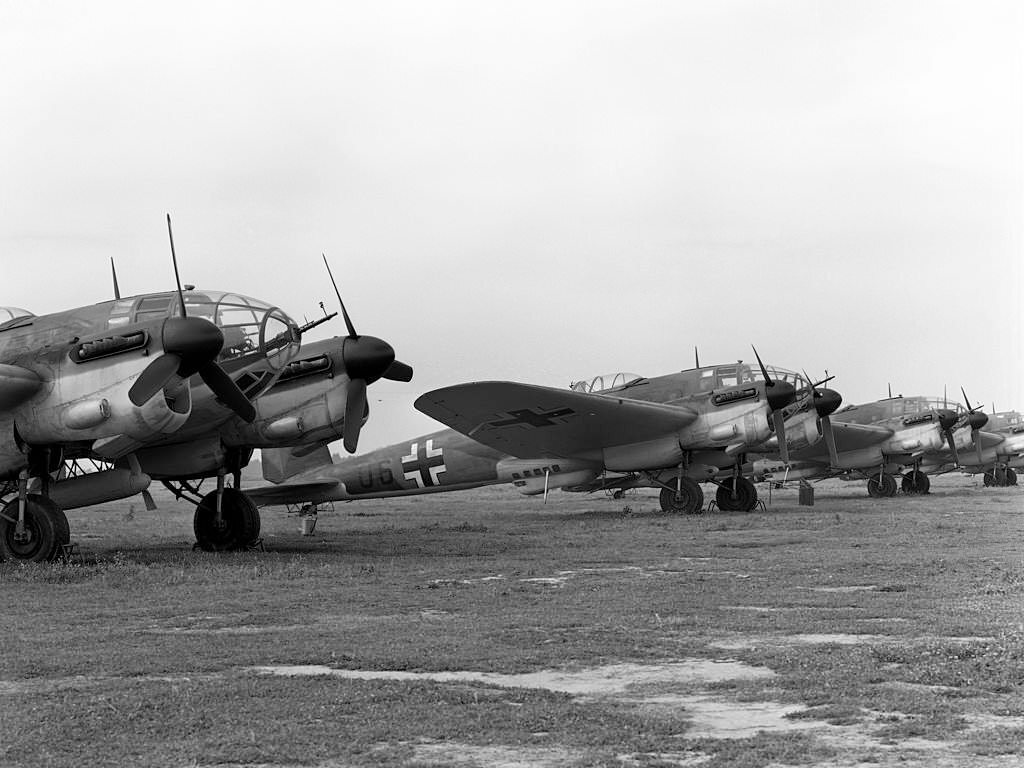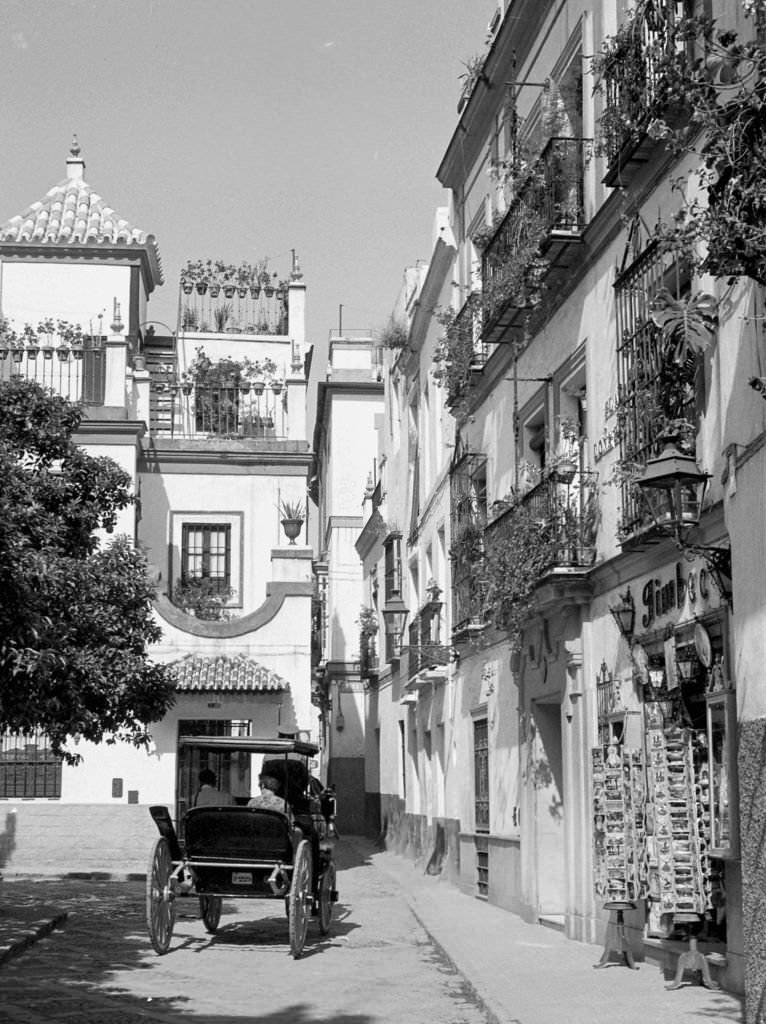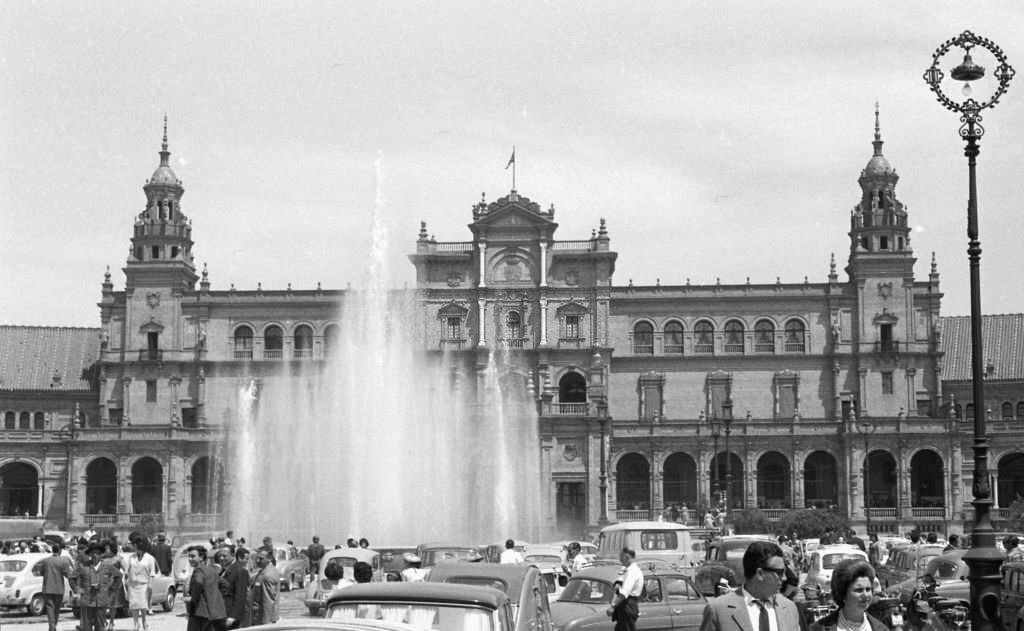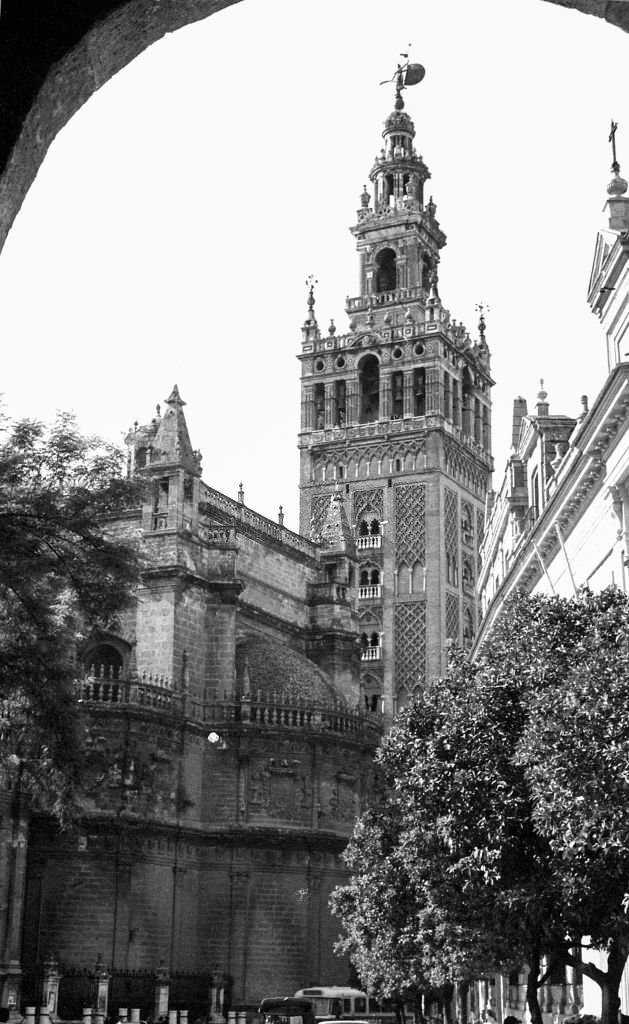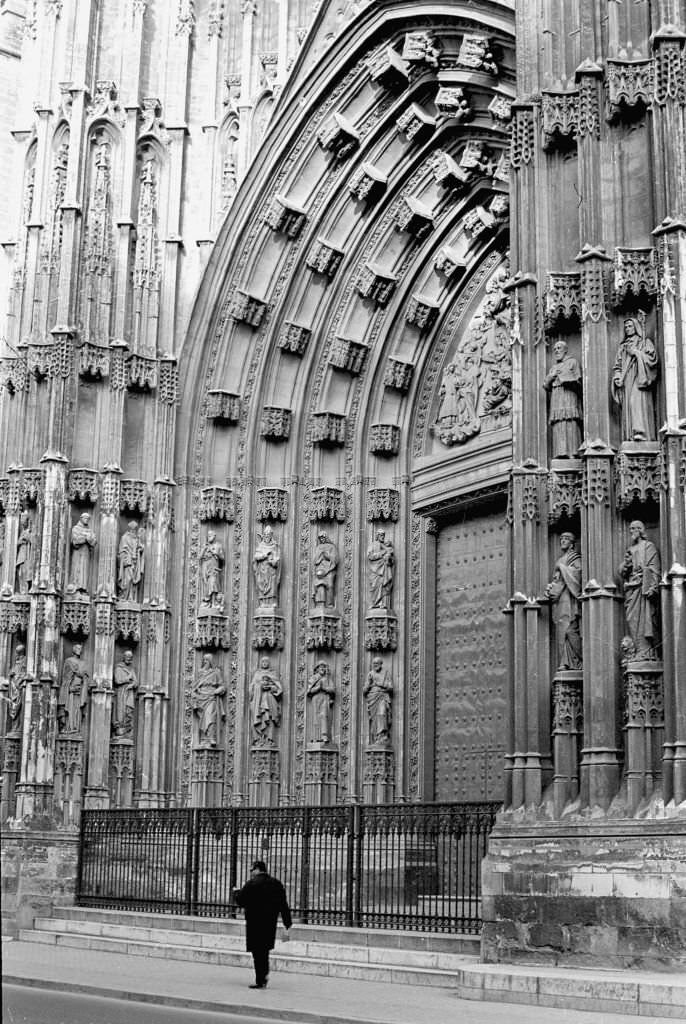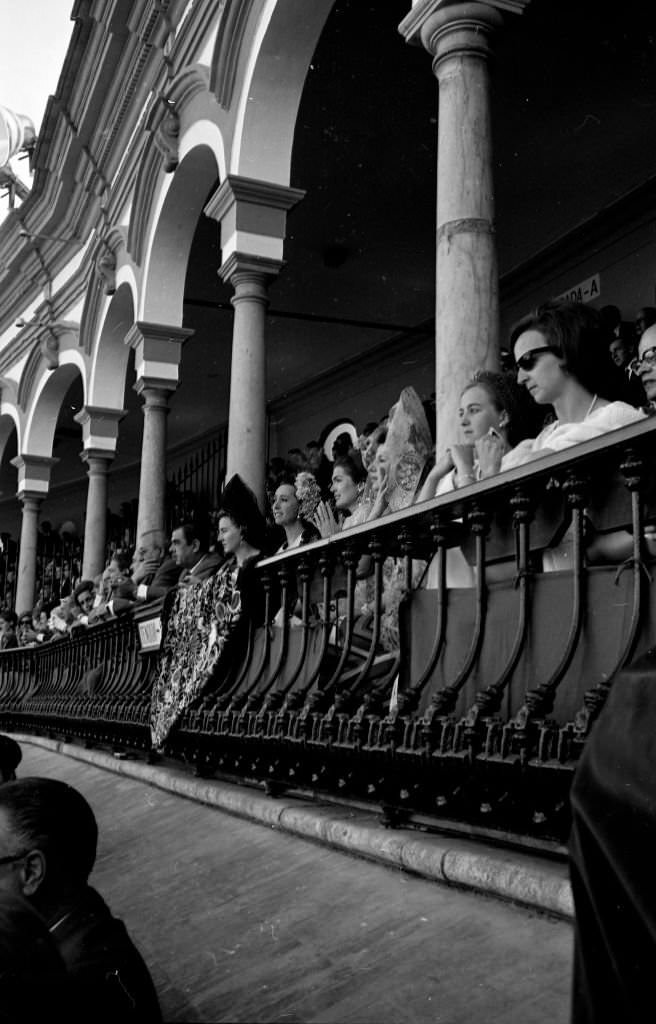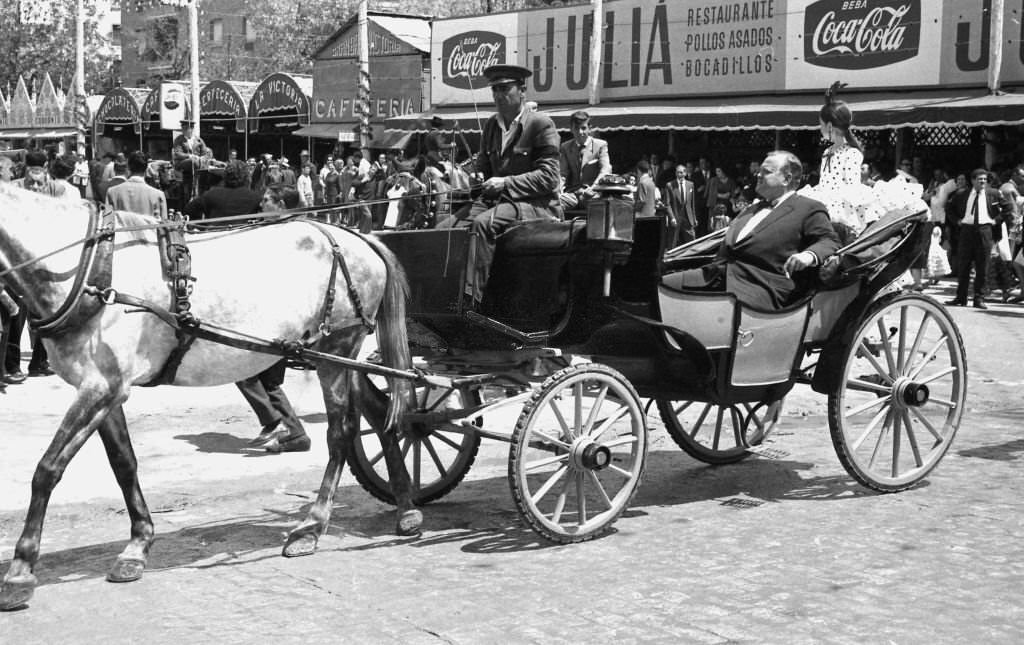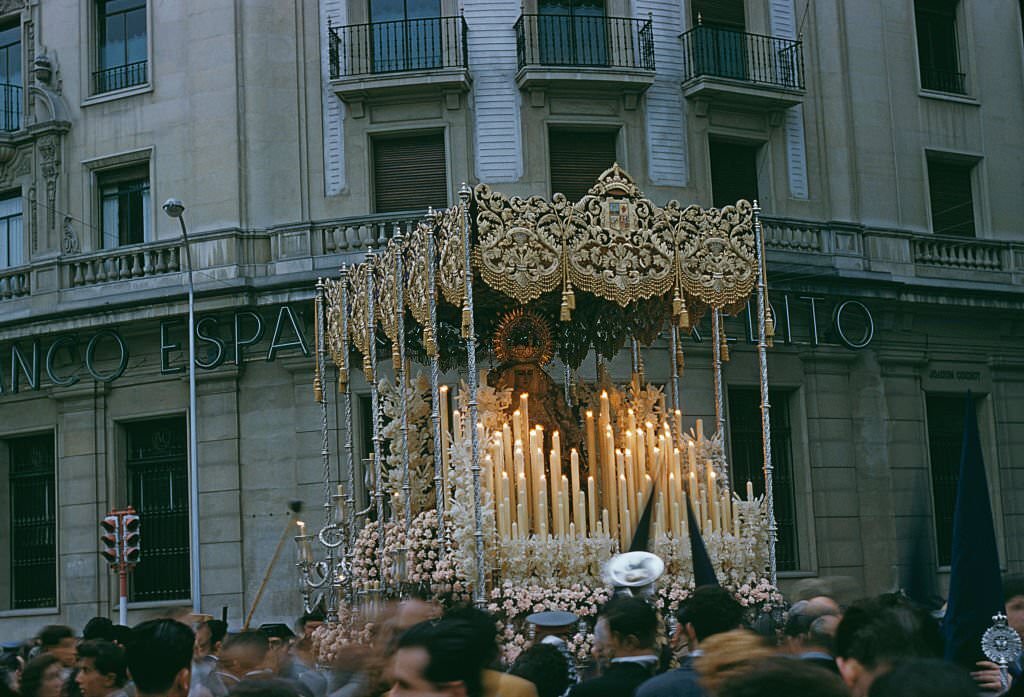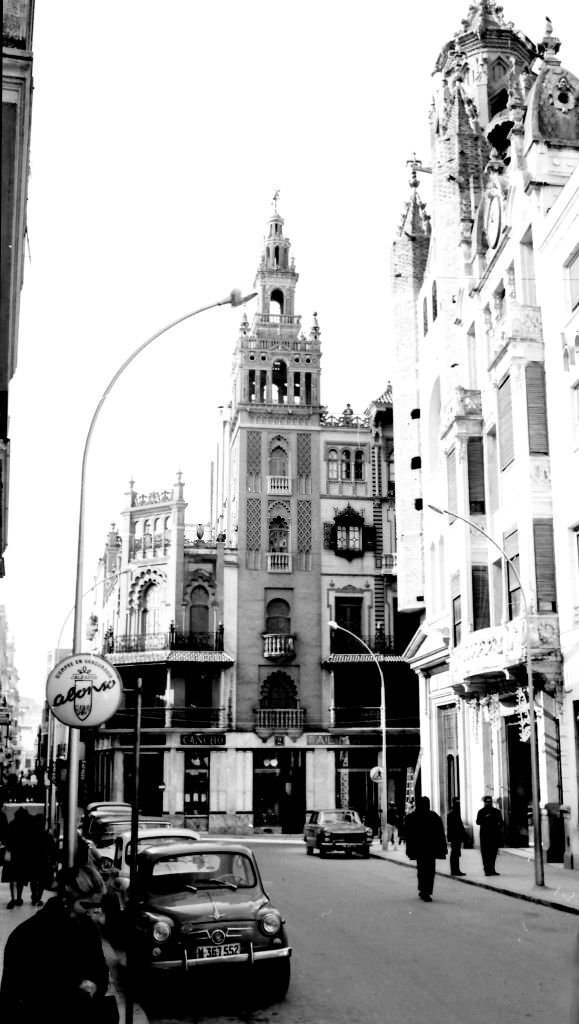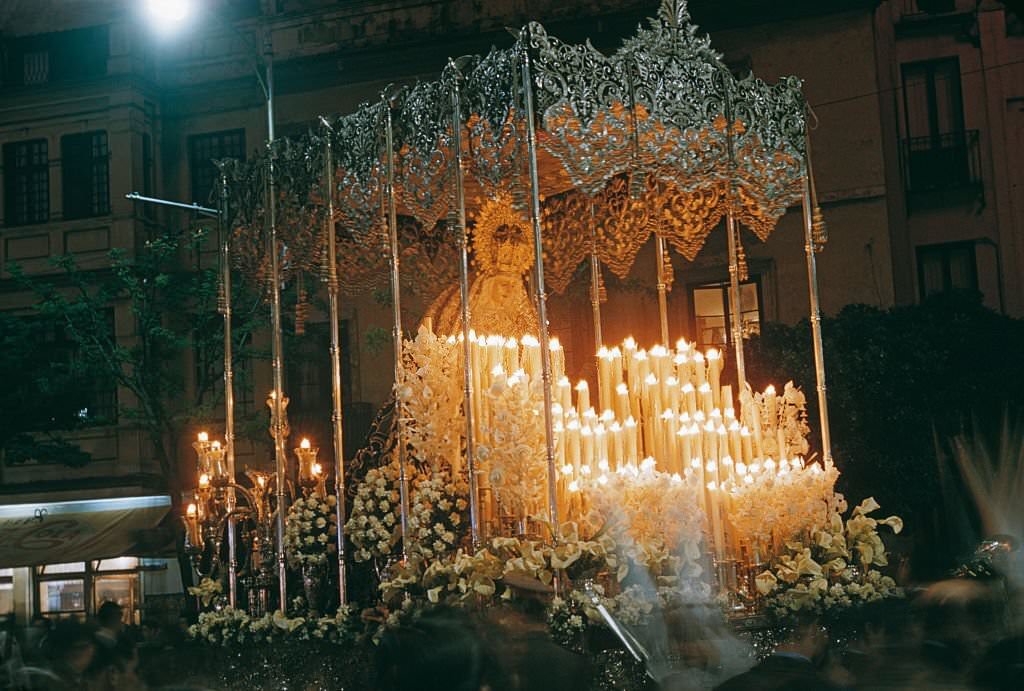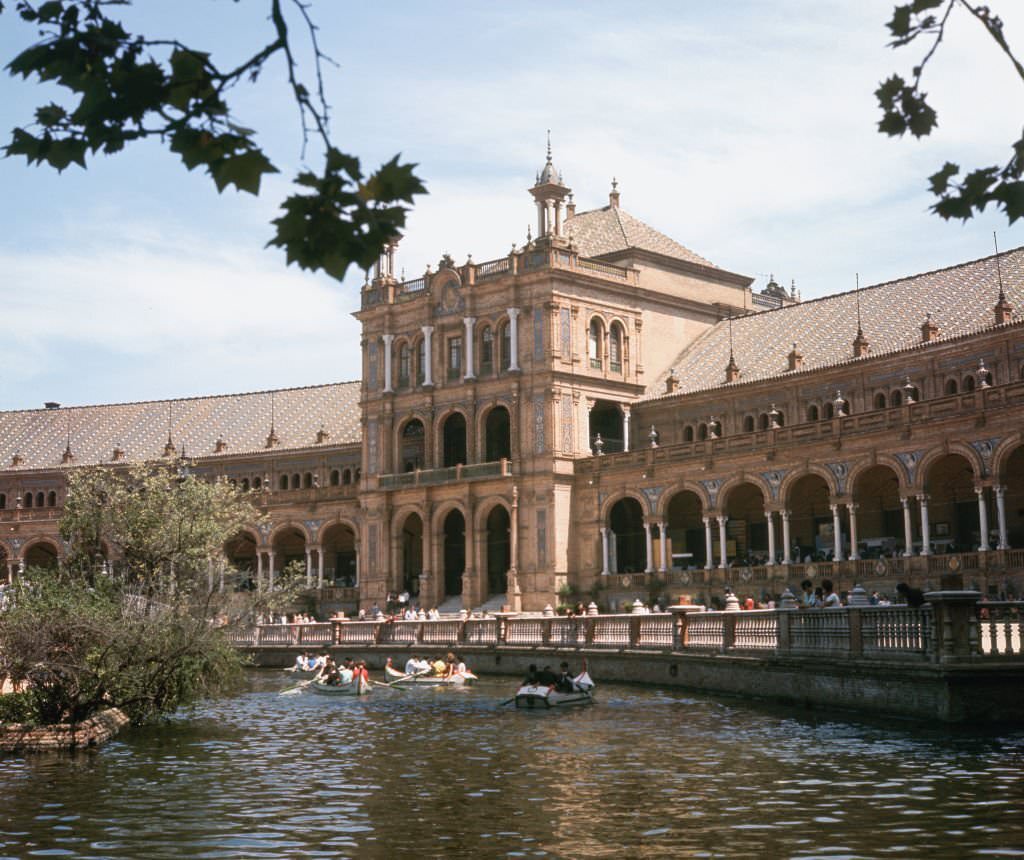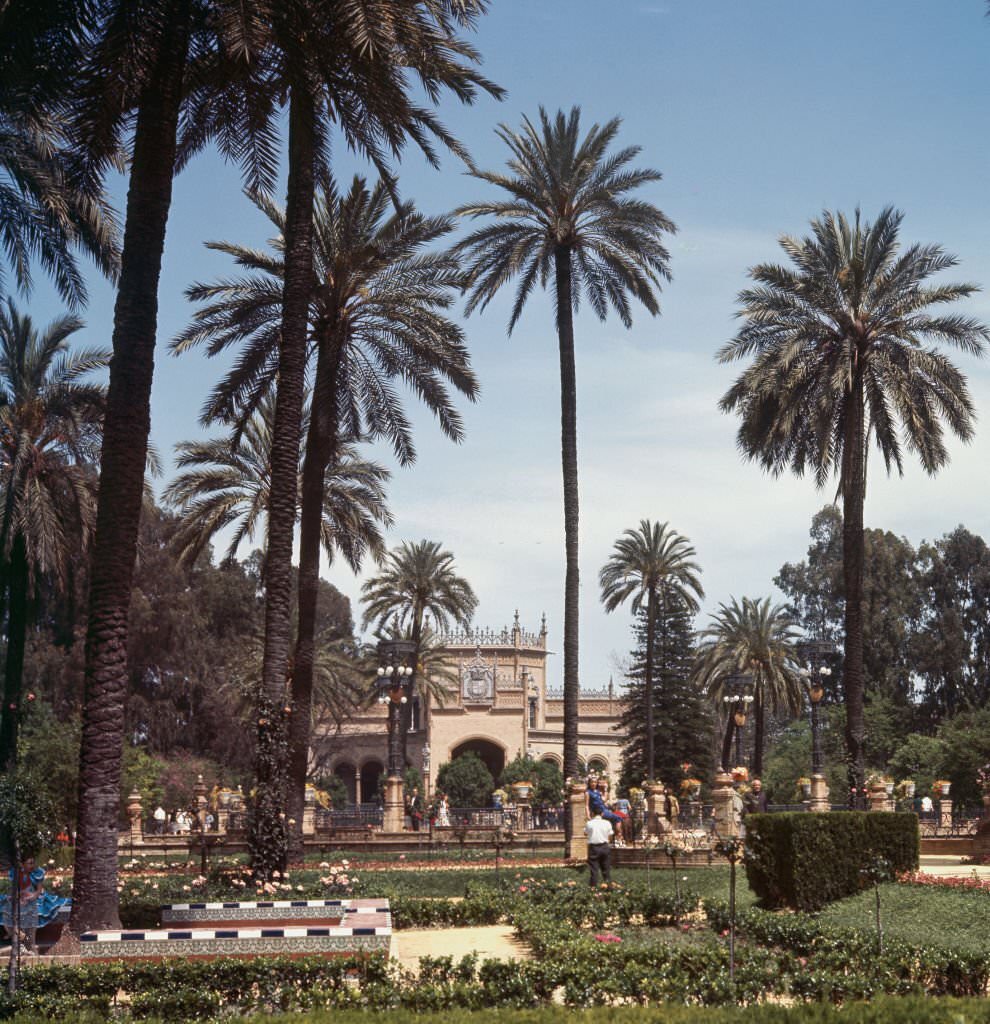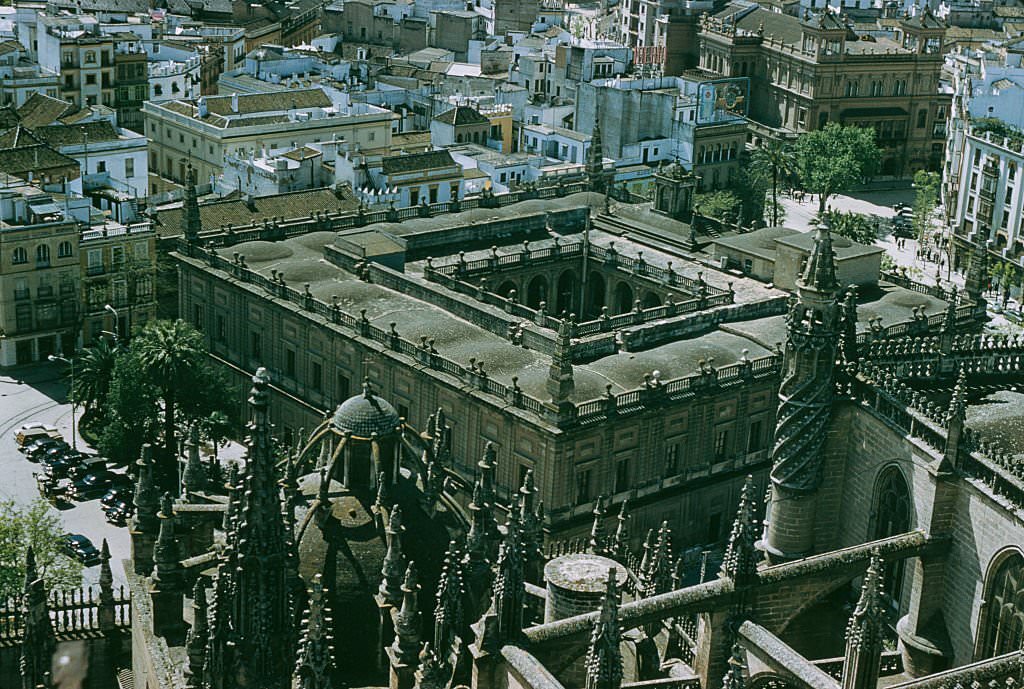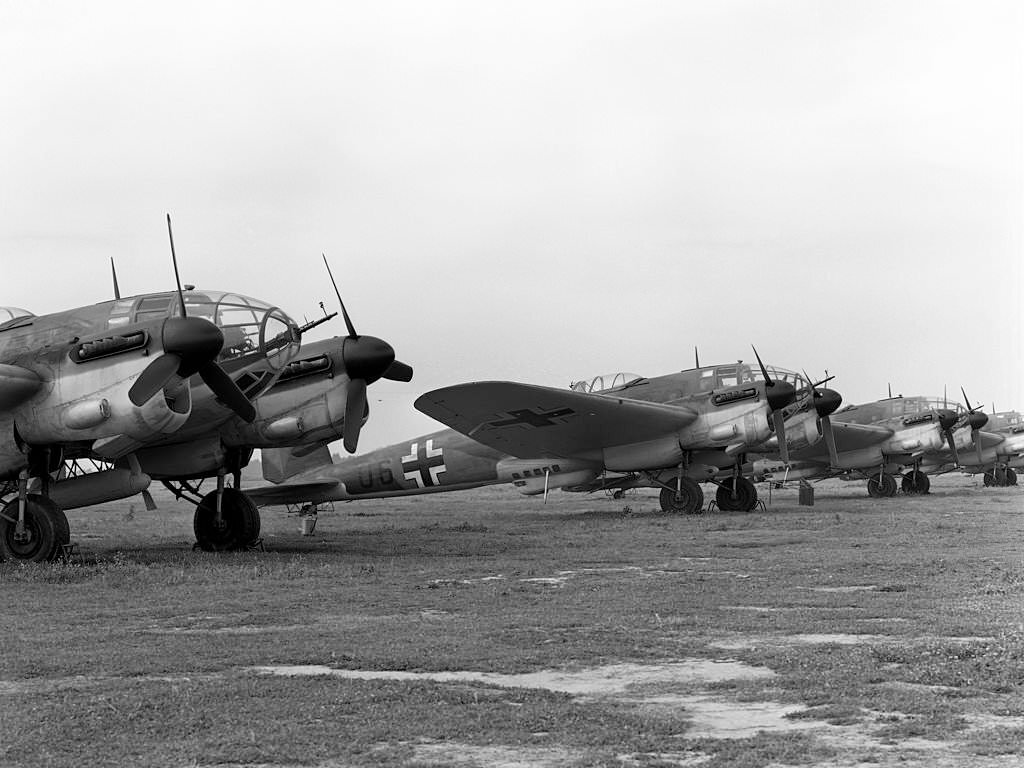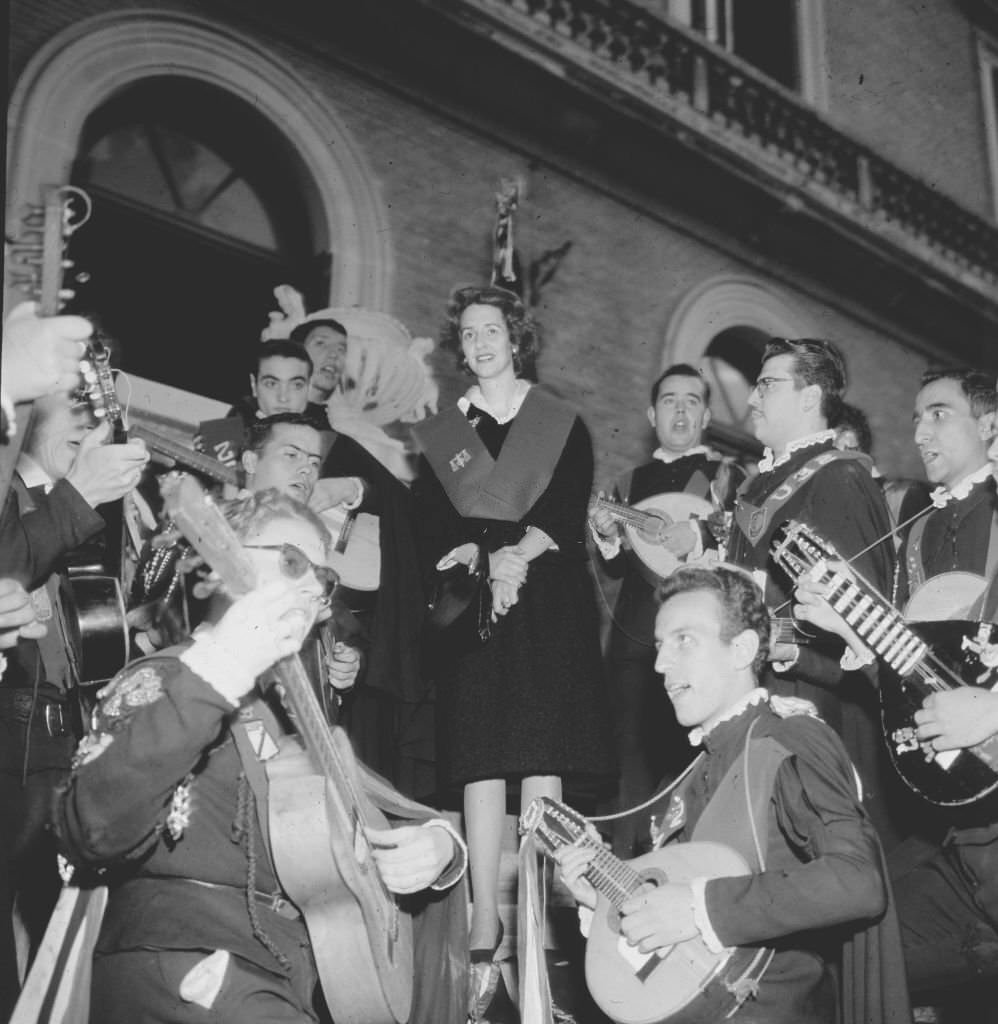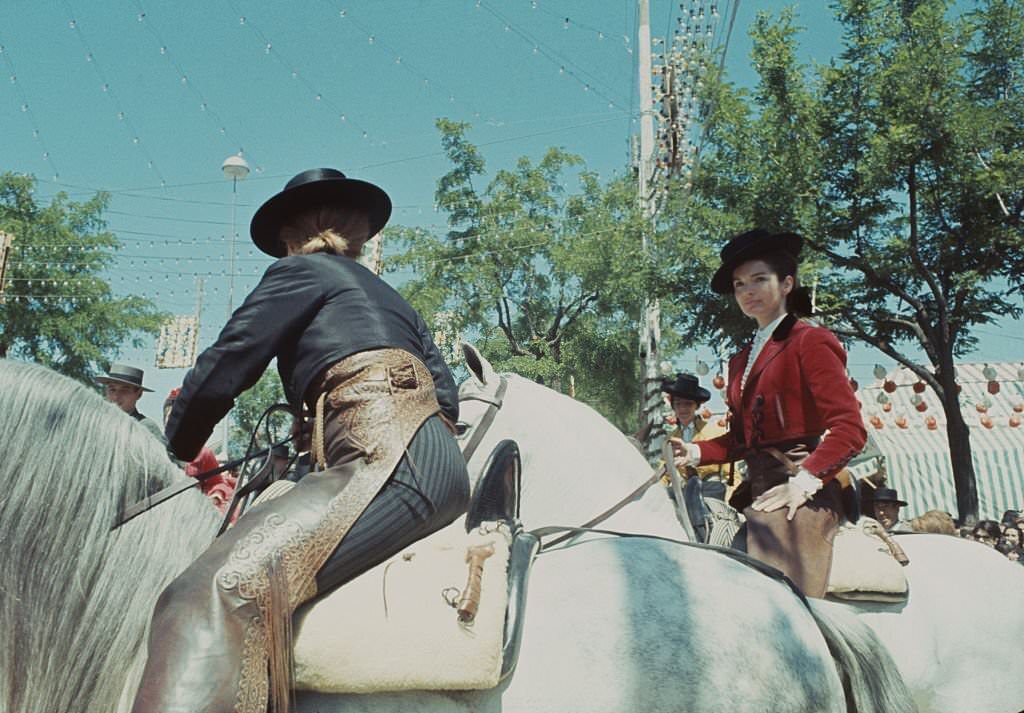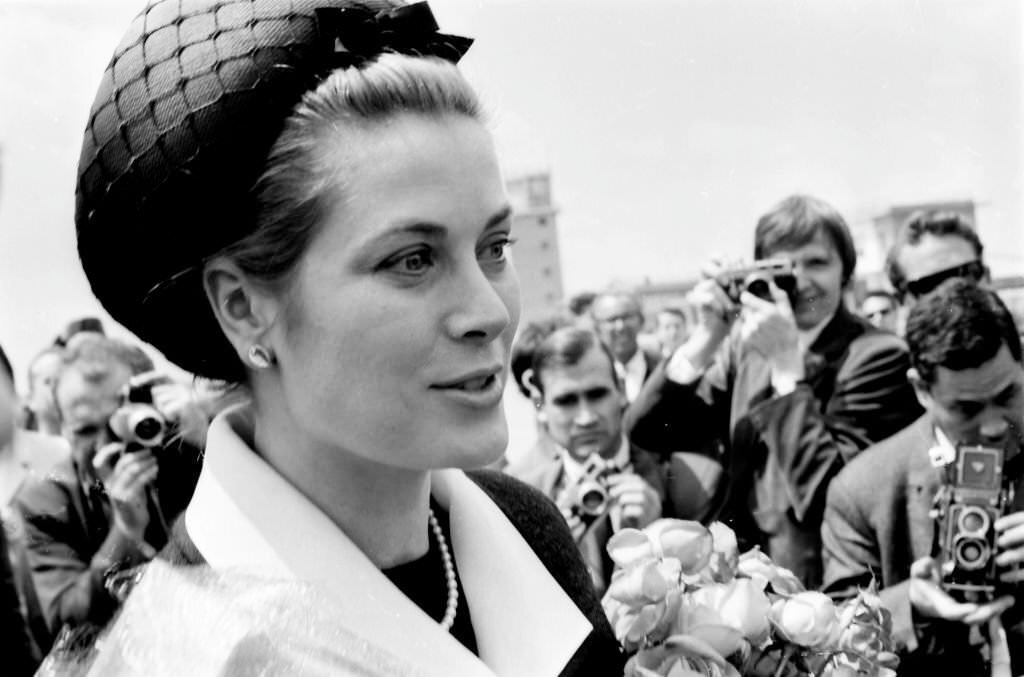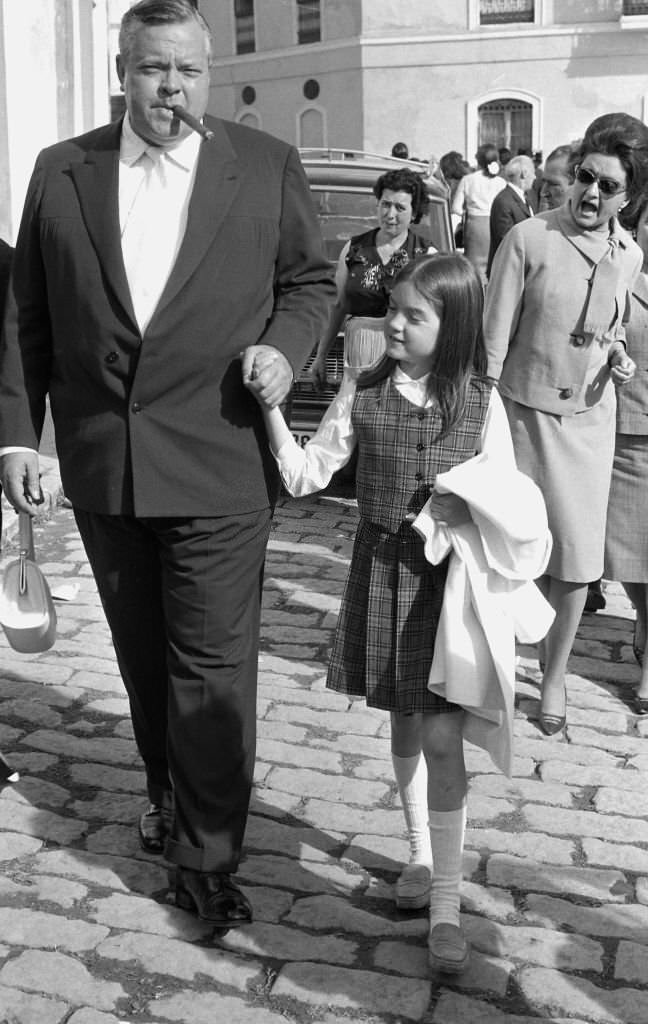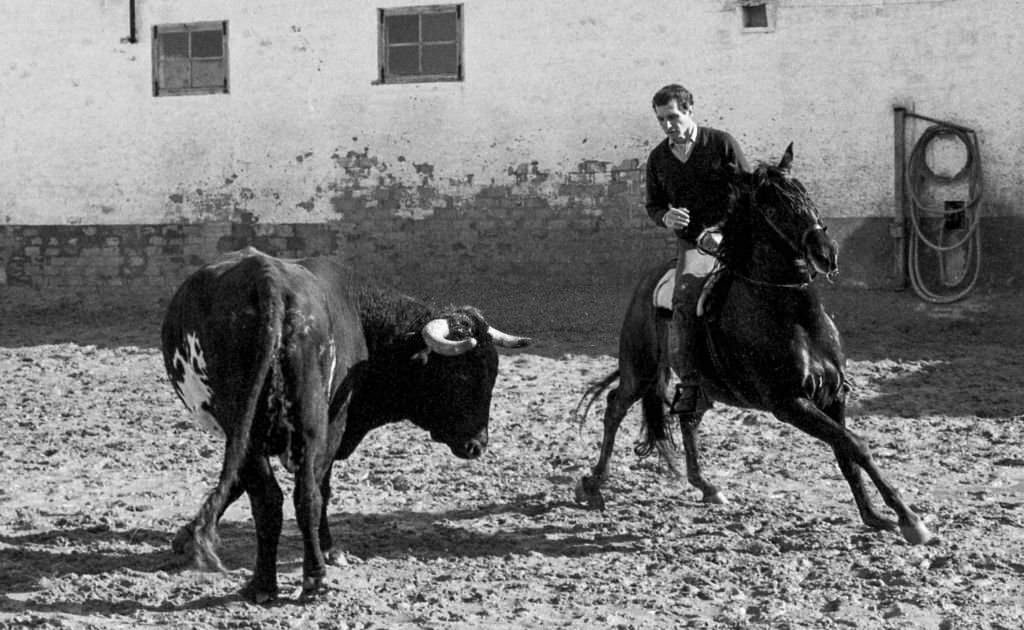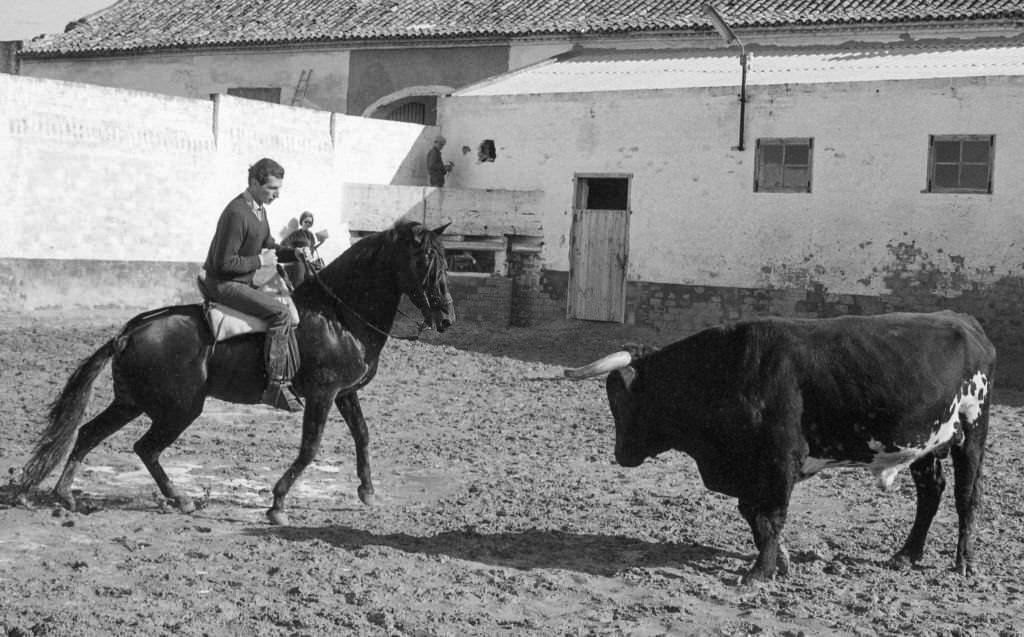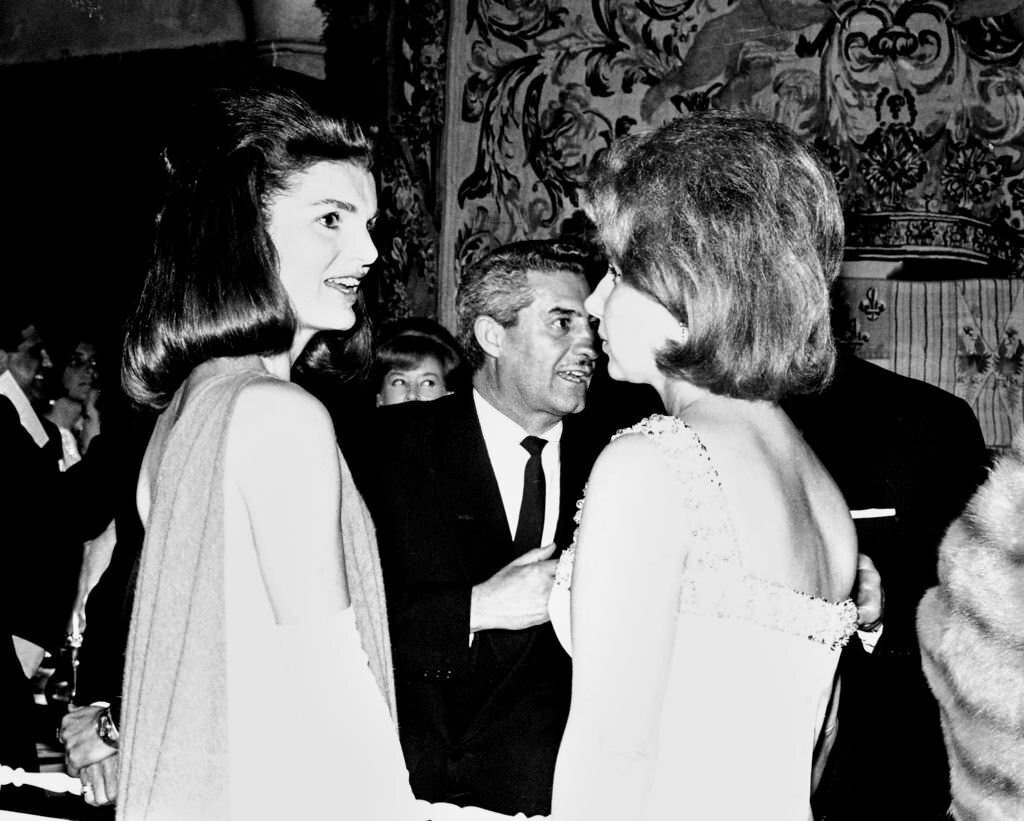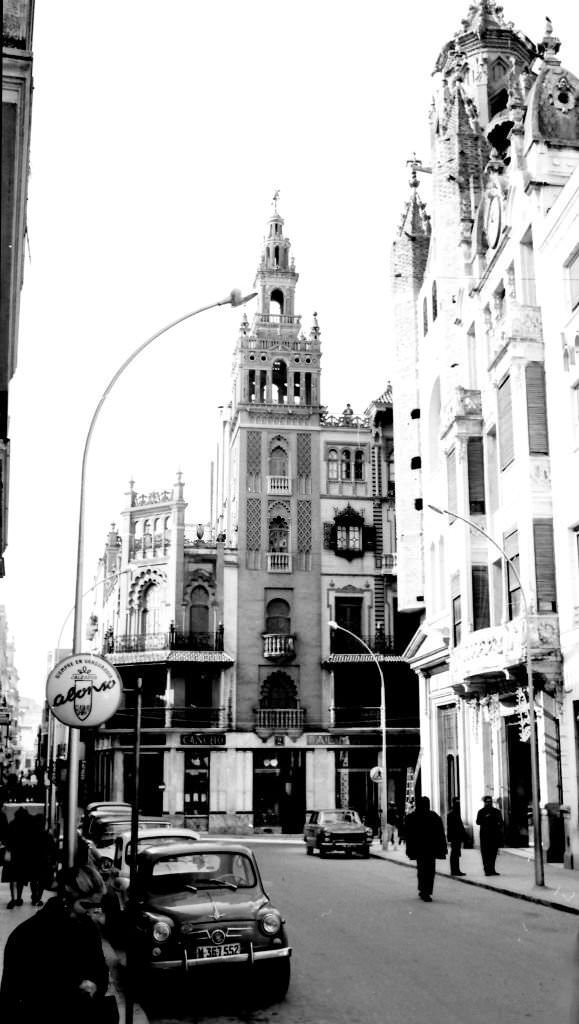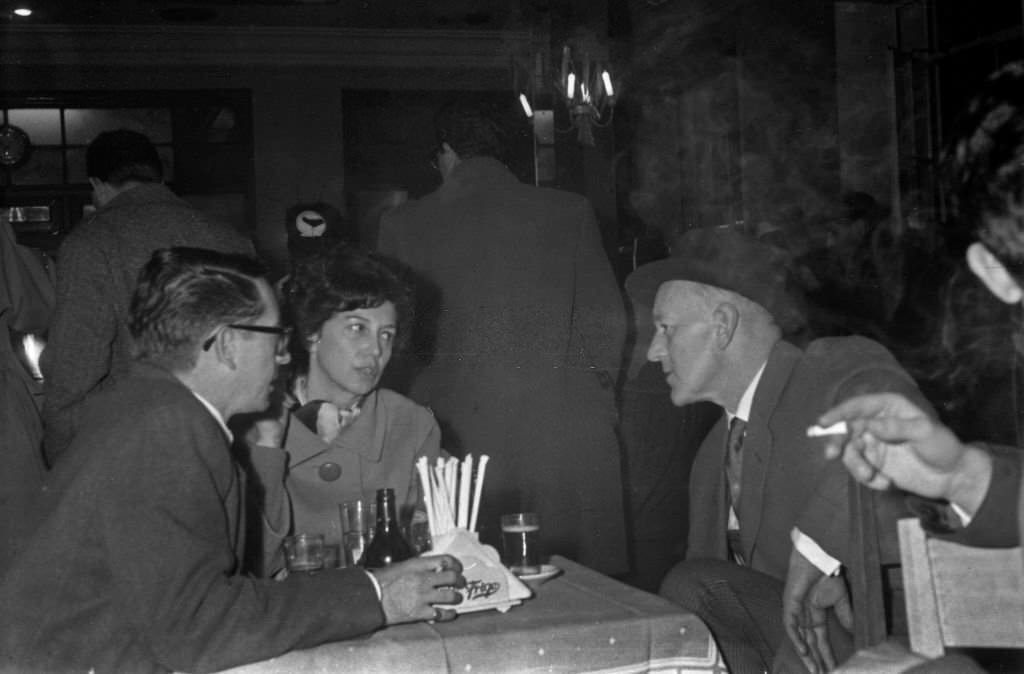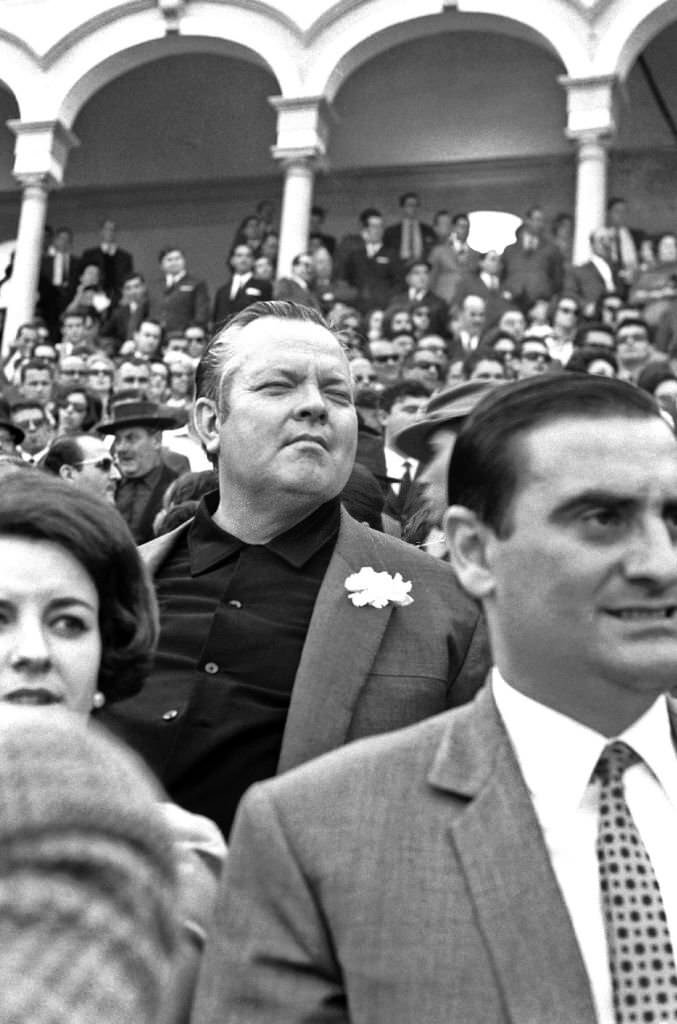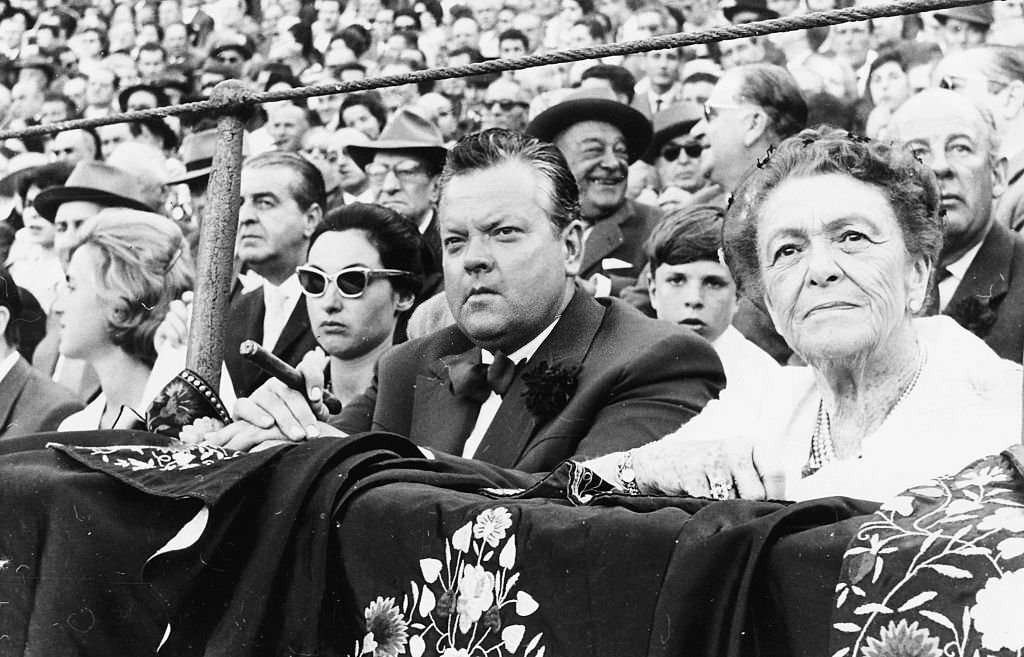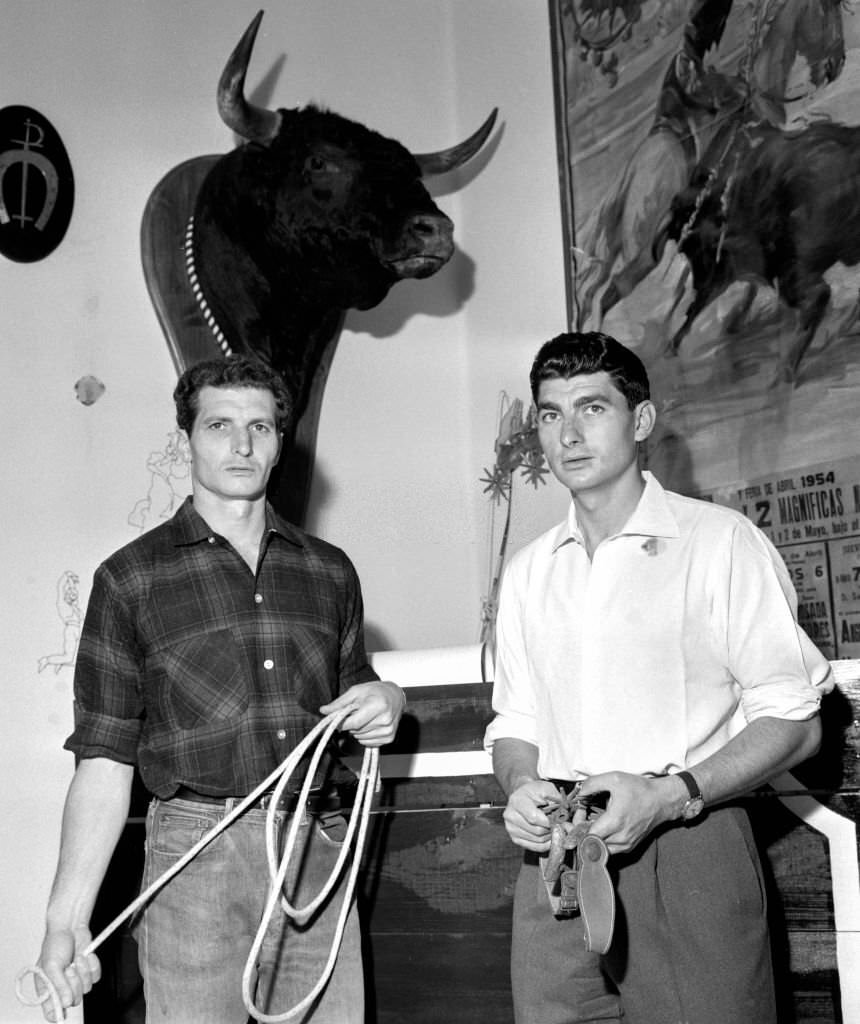Sevilla is the capital and largest city of the Spanish autonomous community of Andalusia, Spain. The city has a long history of cultural significance as a Muslim Spain’s capital and a center for Spanish exploration of the New World. Spain’s discovery of the Americas left a lasting impression on the city. Seville became the center of exploration and exploitation of America through the Casa de Contratación (“House of Trade”), founded there in 1503 to regulate commerce between Spain and the New World. For two centuries, Sevilla dominated Spain’s New World commerce as the site of the principal mint for gold and silver from the Americas, and it was the port of call for many Spanish emigrants. In 1588, Sevilla was Spain’s richest and most populous city, with about 150,000 inhabitants.
Spanish Bourbon rulers fostered a limited economic revival in the city during the 18th century, but the French invasion, revolutions, and civil war halted progress. In 1847 the April Fair was an annual gala following Easter. In 1929, Sevilla experienced a new renaissance thanks to the Iberoamerican Exposition. During the 20th century, the port was enlarged, and the city was transformed into an industrial and commercial center.
Some historical photos will take you back to the 1960s in Sevilla. Trade unionism started in Seville during the 1960s with the underground organization of the Workers’ Commissions or Commissions Obreras (CCOO) in factories such as Hytasa, the Astilleros shipyard, Hispano Aviación, etc.


